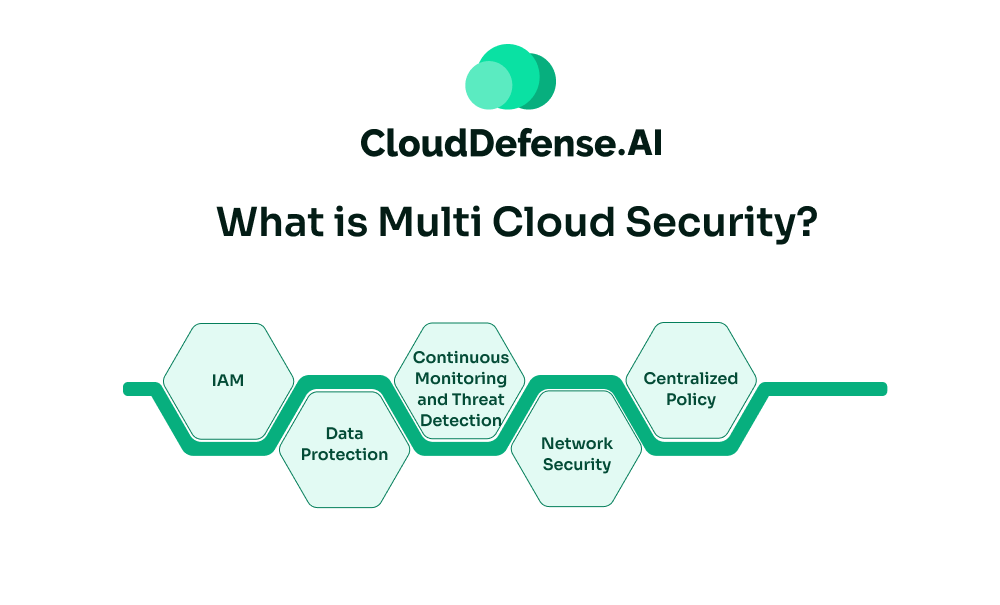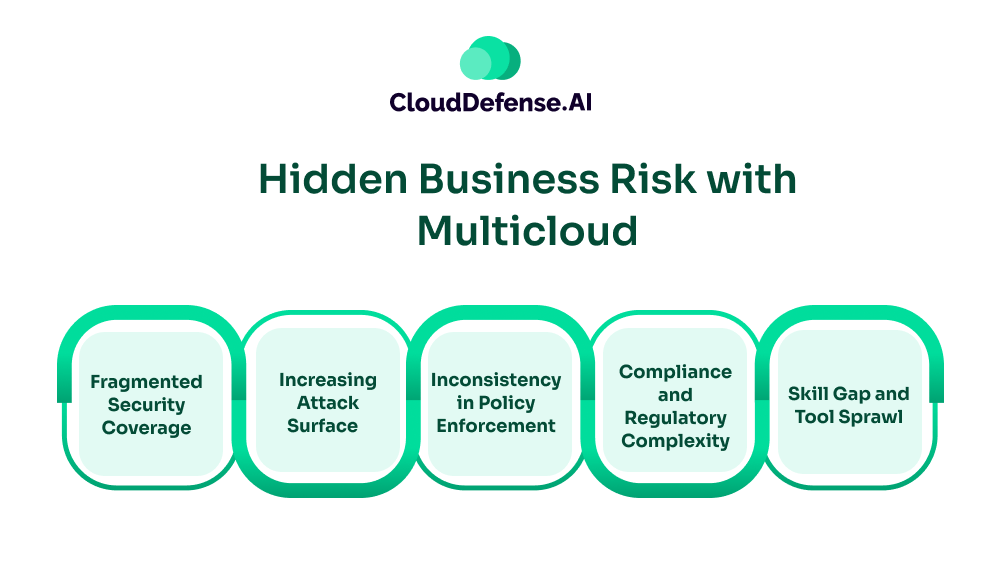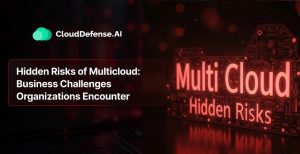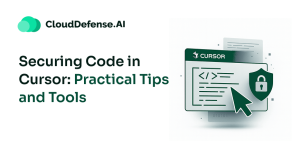The multicloud strategy has become completely mainstream. A recent Cloud Security Alliance report highlighted that around 57% of organizations in the industry are now using a multicloud environment to run their operations. Every CISO and CTO has embraced this model to avoid traditional vendor lock-in and adopt best-in-class cloud services.
However, despite its advantages, the hidden risks of multicloud adoption are becoming more evident. While the multicloud strategy promises organizations unprecedented agility, innovation, and business resilience, it also exposes them to a heap of business and security challenges.
As organizations broaden their cloud footprints, managing unified security across multiple environments presents multifaceted challenges. These hidden risks not only hinder overall operations but can also turn a multicloud setup into a liability for security teams.
What is Multi Cloud Security?

Multi-cloud security is a set of cloud security solutions aimed at securing and preventing an organization’s application, data, and infrastructure across the multicloud environment. It involves a comprehensive suite of controls, policies, technologies, and strategies that ensure protection from varied security threats and cyberattacks.
A multicloud environment typically involves numerous cloud service providers for deploying different services. Multi-cloud security helps in addressing all the security challenges arising from a multi-cloud setup, ensuring consistency in security control and compliance across all the services. A multi-cloud security involves numerous key security features, which include:
- IAM: IAM enables the security team to ensure secure and consistent access control and user permissions in the multi-cloud.
- Data Protection: In multi-cloud security, data protection plays a critical role in utilizing encryption to protect data at rest as well as in transit.
- Continuous Monitoring and Threat Detection: Tools are utilised to gain visibility across the multicloud environment, identify threats, and respond to issues in real-time.
- Network Security: The implementation of multi-cloud security also involves strong network security, like VPNs, network segmentations, and firewalls.
- Centralized Policy: A centralized framework is established that helps in defining and establishing security policies throughout the multicloud environment.
Hidden Business Risk with Multicloud

Managing security across the multicloud environment is a complex aspect. The complexity increases as the number of environments increases. It presents businesses with several challenges, which include:
Fragmented Security Coverage
In a multicloud environment, the biggest business challenge for organizations is the fragmentation in their visibility. The security team can’t secure assets that they can’t see.
Every cloud provider offers a native dashboard, framework, and tools, causing constant switching. When the configuration of one cloud deviates from another, it leads to gaps. Ultimately, it becomes impossible for the team to cover these gaps.
Any kind of security risks, like open ports or misconfiguration in these areas, can lead to security breaches. Moreover, creating services involving sensitive data in those unmonitored parts of the cloud makes the data susceptible to theft.
Increasing Attack Surface
With the expansion of cloud services, the attack surface of an organisation also increases gradually. As new cloud services are introduced, managing consistent security policies, access control, and threat detection across the fragmented environment becomes a complex task.
Thus, each addition of services makes the organization more prone to security breaches. Even though organizations have multiple cloud security solutions in place, switching consoles and managing multiple security solutions becomes a complex affair.
Importantly, security teams without unified visibility and comprehensive security control can’t identify any lateral movement or nuanced security threats in the multi-cloud.
Inconsistency in Policy Enforcement
In a multicloud environment, organization deploy their workloads across several cloud platforms to achieve high agility. However, the pursuit of high agility also creates the challenge of enforcing consistent and single security standards across the cloud.
The security policies are not interoperable, and there is also incompatibility between cloud providers in terms of data formats, API, and management tools. The inconsistency in security policies creates a serious gap in the overall security posture.
Moreover, the security operations become a bottleneck as every new application will require a multi-cloud compliance and security assessment.
Compliance and Regulatory Complexity
Every organization operating with sensitive data spread across its multicloud has to comply with all the associated regulatory and compliance requirements. Each regulatory standard has its specific requirements, and teams have to store and process data accordingly to comply with the standard.
Organizations also have to comply with specific regional data storage rules and sector-specific mandates. The complexity increases when organizations have to ensure all the cloud providers adhere to all the industry standards while storing and processing data.
This creates a serious business challenge for organizations to manage every requirement in all the clouds to avoid getting regulatory fines and facing reputation damage.
Skill Gap and Tool Sprawl
To effectively manage security across the multi-cloud environment, an organization requires a skilled and knowledgeable workforce. However, finding professionals with proficient knowledge of multi-cloud security is not a common commodity.
Moreover, the cloud technologies are evolving with time, which requires the team to constantly learn and upskill themselves. Thus, the organization has to invest in an array of security tools while paying a higher salary structure for skilled talent.
Along with the skill gap, the use of multiple native and third-party tools also overwhelms security teams with a massive number of alerts. As a result, security teams have to assess numerous false positives from multiple native tools. This not only increases the response time but also makes the business prone to disruption from security breaches.
Key Takeaway: A Unified Solution
The multi-cloud strategy may have multiple business challenges, but with the appropriate security framework organization can easily overcome them. Organizations need to shift their approach to a unified and automated approach to address the issues. Every modern organization committed to a multi-cloud strategy should emphasize:
- A centralized security tool like Cloud Security Posture Management and an automated solution like QINA Clarity to manage risks across cloud environments.
- Zero-trust architecture and the principle of least privilege should be implemented for all access control.
- Automating the process of enforcing compliance and security policies across the cloud to ensure consistency.
- Implementation of regular continuous security audits and vendor risk assessment to ensure optimum security posture.
A multicloud environment of an organization is fully secure when it builds security guardrails through a unified and automated approach. So what should be the immediate approach of every organisation? They require an integrated security strategy and automated governance to navigate all the business challenges and keep the operation running.







